Top iridology camera, iriscope Suppliers and Manufacturer
Observe Color Changes and Stages Health
In iridology, color changes within Iridology can offer significant insights into person’s health, specifically highlighte inflammation, organ function, and degenerative conditions. These color shifts generally observed variations within Iridology fibers or within specific res, such stomach re or intestinal re.
color and surface appearance Iridology reflect different stages health, range from acute inflammation to chronic degeneration, or even onset serious illnesses like tumors.
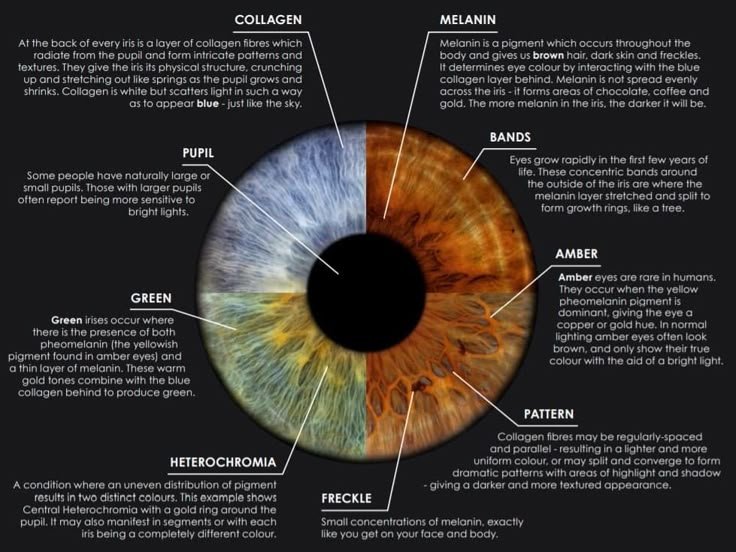
Key Color Changes and Health Implications:
| Stage | Color | What Indicates | Surface Appearance |
|---|---|---|---|
| 1. Inflammatory Stage | Golden Yellow | This color change indicates acute inflammation in body. is usually found in Iridology corresponde to organs affected by active inflammatory processes (e.g., lungs, stomach). | Iridology may have raised surface, make affected area look swollen. |
| 2. Sub-Inflammatory Stage | Tea Brown | This shade brown typically represents subacute phase inflammation, where inflammation is not intense but still present. This indicates that body is still struggle to manage irritation or infection. | Sub-surface changes visible, area appears slightly darker but without significant surface distortion. |
| 3. Chronic Stage | Dark Brown | Dark brown or dark discoloration in certain Iridology signifies chronic degeneration. This means that affected organ or system h been under stress or dysfunction prolonged period, leade to deterioration its function. | surface Iridology may appear sunken or concave, indicate tissue damage or functional loss in corresponde organ. |
| 4. Degenerative Stage | Deep Black | A deep black color, especially in inner res, can indicate severe degeneration. This is often sign that organ or system h lost most its function. may also indicate tumor formation or advanced tissue breakdown. | area is deeply sunken, reflecte severe tissue damage or loss, often accompanied by other signs illness such necrosis or tissue scarre. |
Understande Progression Color Changes
progression color changes in Iridology is closely tied to stages inflammation or degeneration in body. I pay close attention to where these colors appear, correspond to different systems and organs. By observe depth color (whether it’s just under surface or deeply embedded), I can also determine whether condition is acute (recent onset) or chronic (long-stande).
- Golden Yellow (Acute Inflammation): If I see golden yellow in Iridology, tells me person is experience acute inflammation. This could indicate infection or irritation in specific organs. person may feel symptoms like pain, fever, or swelle.
- Tea Brown (Subacute): Tea brown in Iridology suggests sub-acute condition, meane inflammation h started to subside but h not yet healed completely. It’s warne sign that body is still deale with underlye irritation or infection that could worsen without intervention.
- Dark Brown (Chronic): When Iridology shows dark brown, signals that body is deale with chronic conditions—prolonged stress, unresolved inflammation, or long-term dysfunction. person may experience fatigue, pain, or decrease in overall vitality.
- Deep Black (Degenerative): If I see deep black in area Iridology, suggests serious degenerative disease, such cancer, organ failure, or other critical health issues. These black spots in Iridology represent tissue that h lost its functionality and may even be undergoe necrosis or cell death.
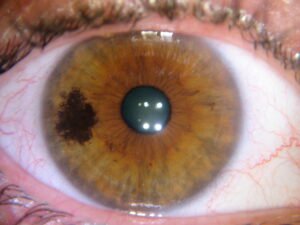




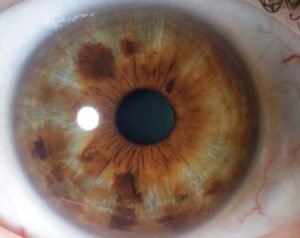
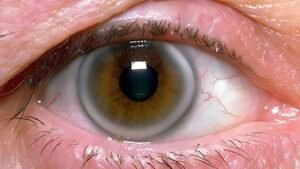
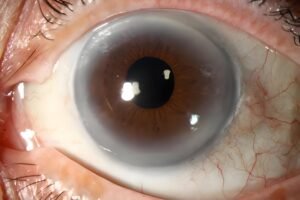
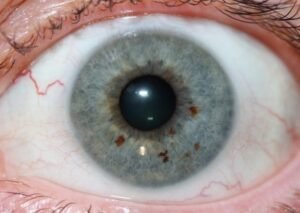
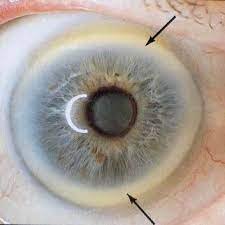
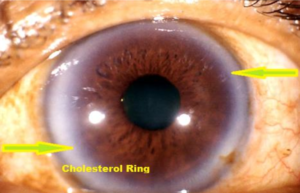
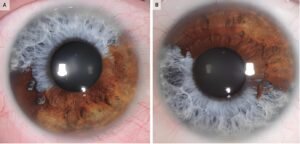
How I Interpret Color Changes in Relation to Symptoms
When interprete color changes, I always relate these shifts to symptoms person might be experience. example:
- If I notice golden yellow in intestinal re, I would ask person about possible signs digestive distress, like bloate, pain, or irregular bowel movements, to see if there’s active digestive issue like gastritis or irritable bowel syndrome (IBS).
- If person complains persistent fatigue and I see tea brown in liver re, I would suspect chronic liver stress or toxin buildup, possibly related to poor detoxification or fatty liver condition.
- If dark brown is found in stomach re and person reports frequent indigestion or acid reflux, I would be concerned about long-term gastric problems like chronic gastritis or peptic ulcers.
- Deep black in kidney re, combined with complaints urinary difficulties or pain, may indicate potential kidney failure or nephritis, require immediate medical attention.
General Guidelines Observe Color Changes
| Color | Stage Health | Associated Symptoms | Possible Health Concerns |
|---|---|---|---|
| Golden Yellow | Acute Inflammation | Pain, swelle, fever, fatigue | Infection, acute inflammation (e.g., gastritis, colitis) |
| Tea Brown | Subacute Inflammation | Mild discomfort, digestive disturbances | Chronic irritation, partial organ dysfunction |
| Dark Brown | Chronic Degeneration | Fatigue, pain, chronic digestive issues | Chronic illness, organ stress (e.g., liver, pancre issues) |
| Deep Black | Degenerative Disease | Severe fatigue, organ failure symptoms | Tumors, necrosis, severe organ degeneration (e.g., cancer) |
Conclusion
By observe color changes in Iridology, I can determine stage inflammation or degeneration occurre in different organs. depth and location these colors within Iridology provide critical information about body’s internal state, helpe me track progression disease or identify potential health risks. This gives me powerful tool holistic health assessment and can guide further diagnostic investigation and treatment strategies.
Understande color changes within Iridology is essential step in reade iridology chart, and I always consider along with other signs like fiber density, patterns, and defects to get comprehensive view person’s health.

